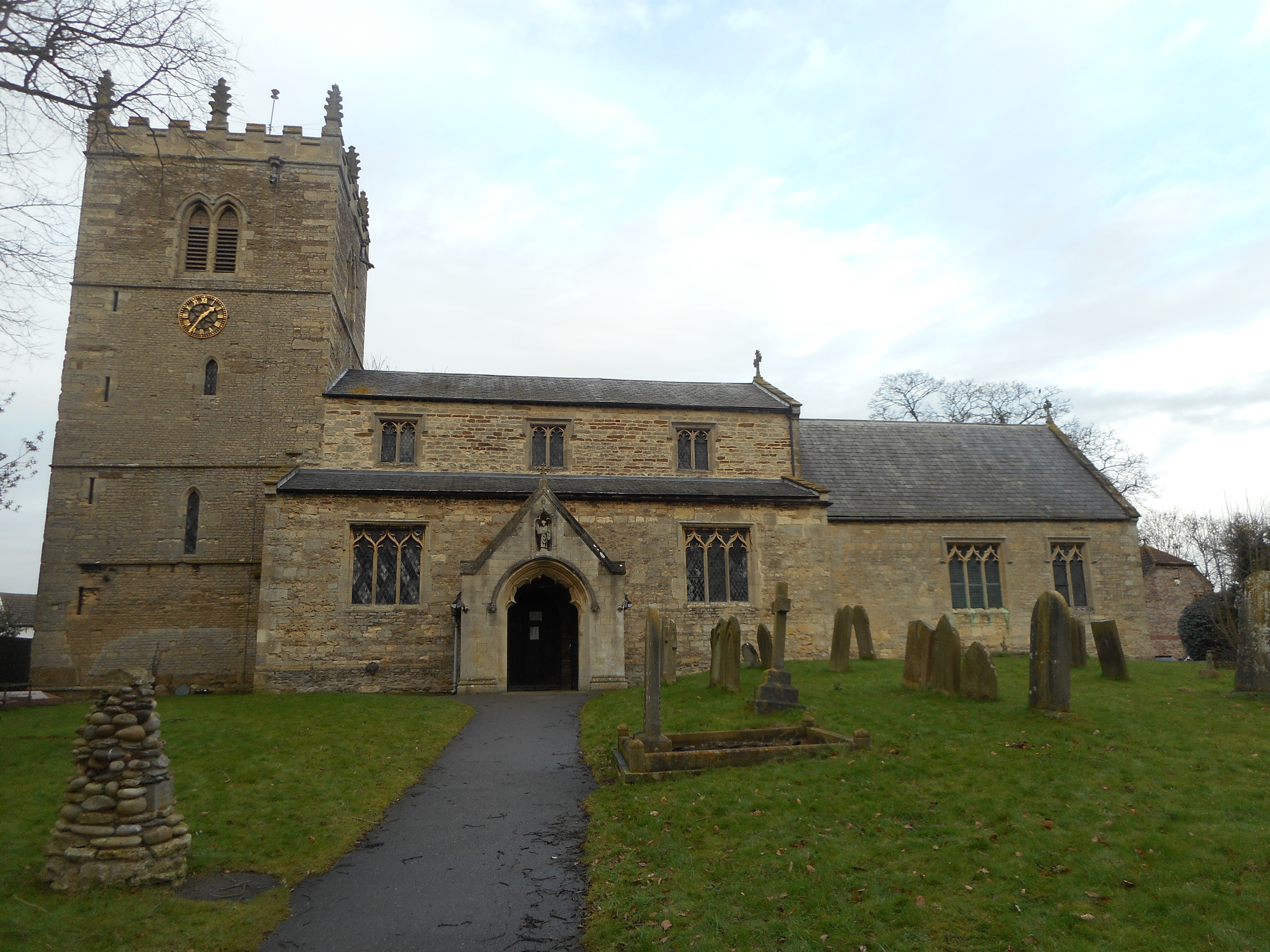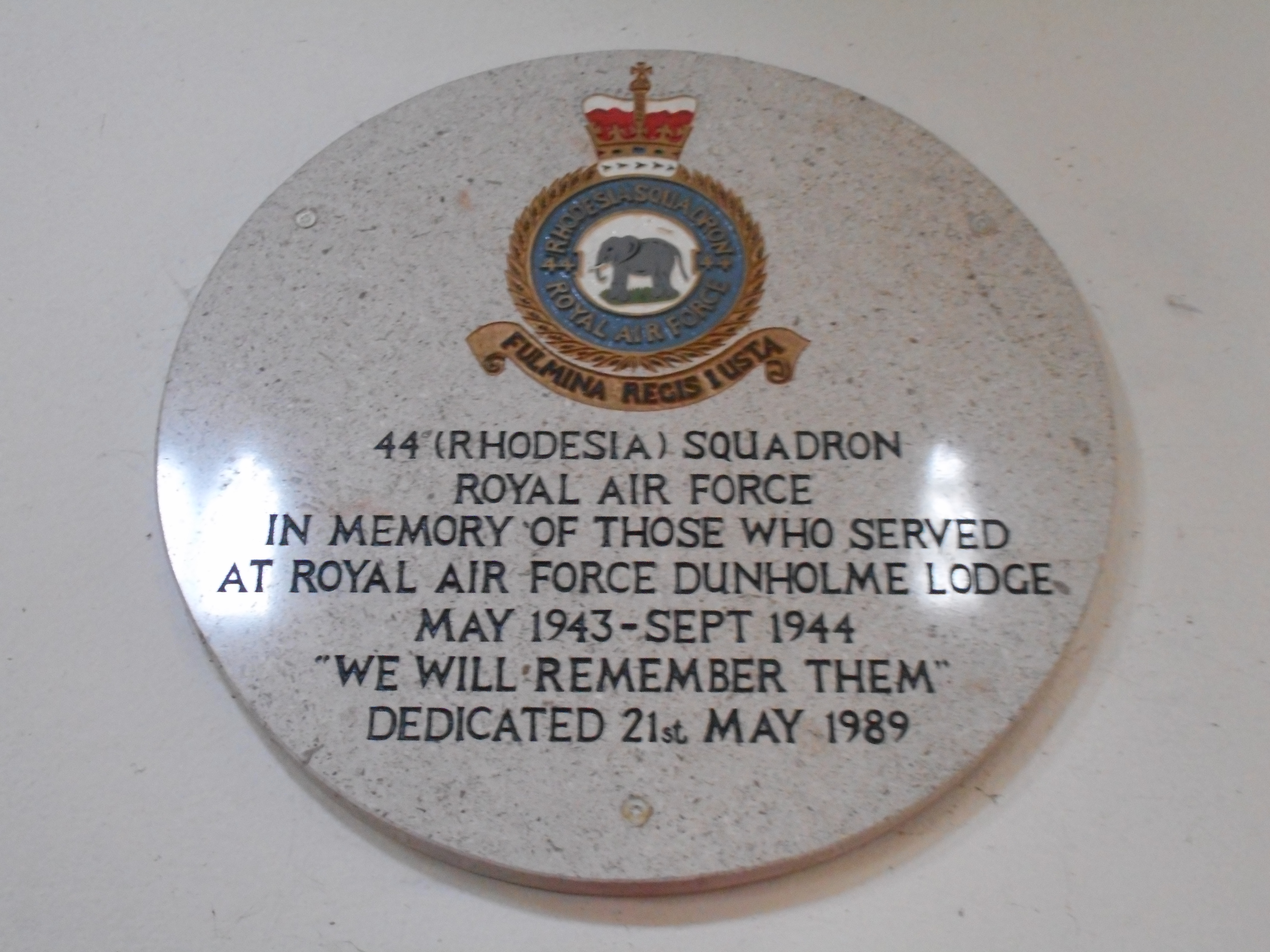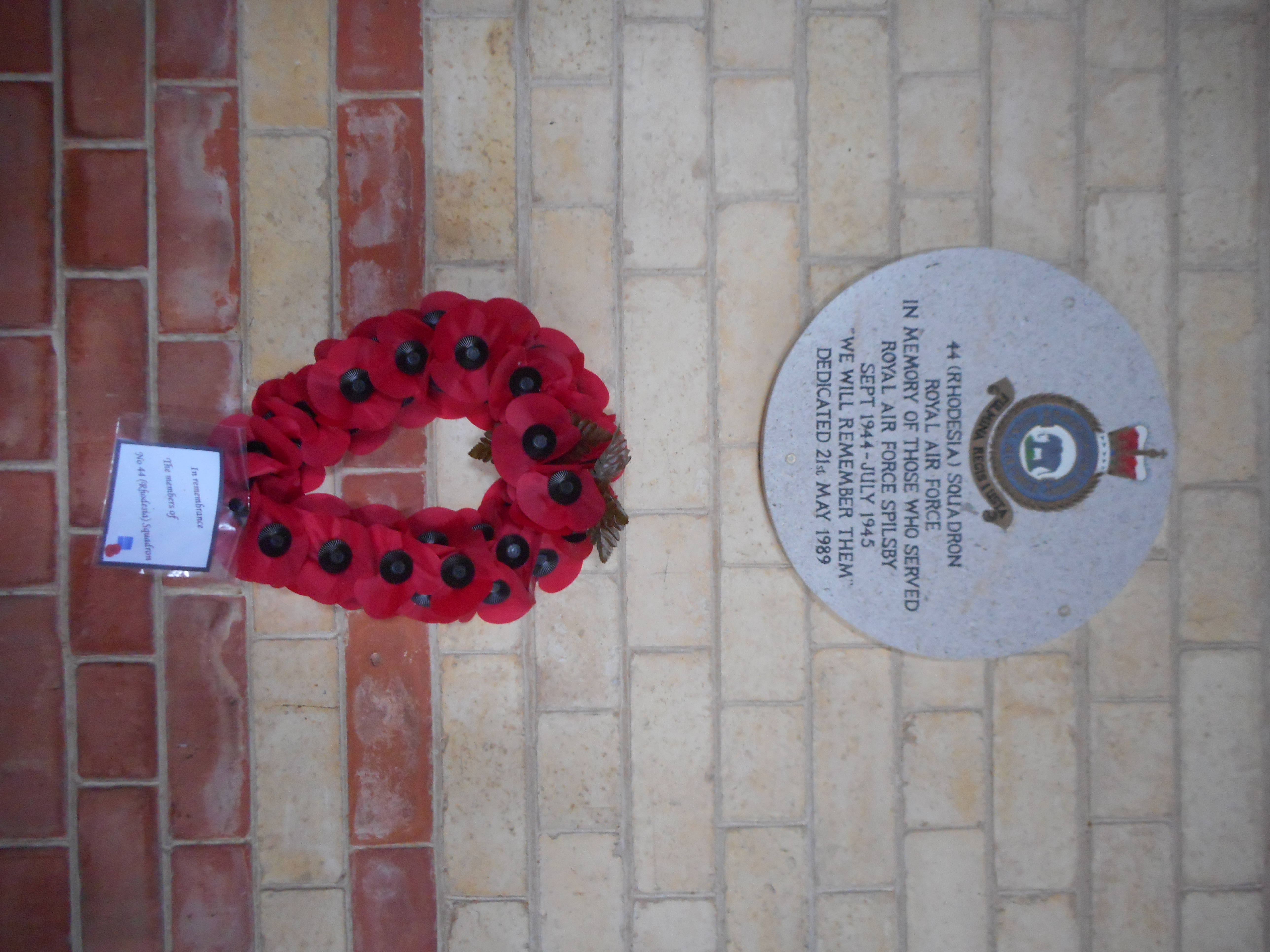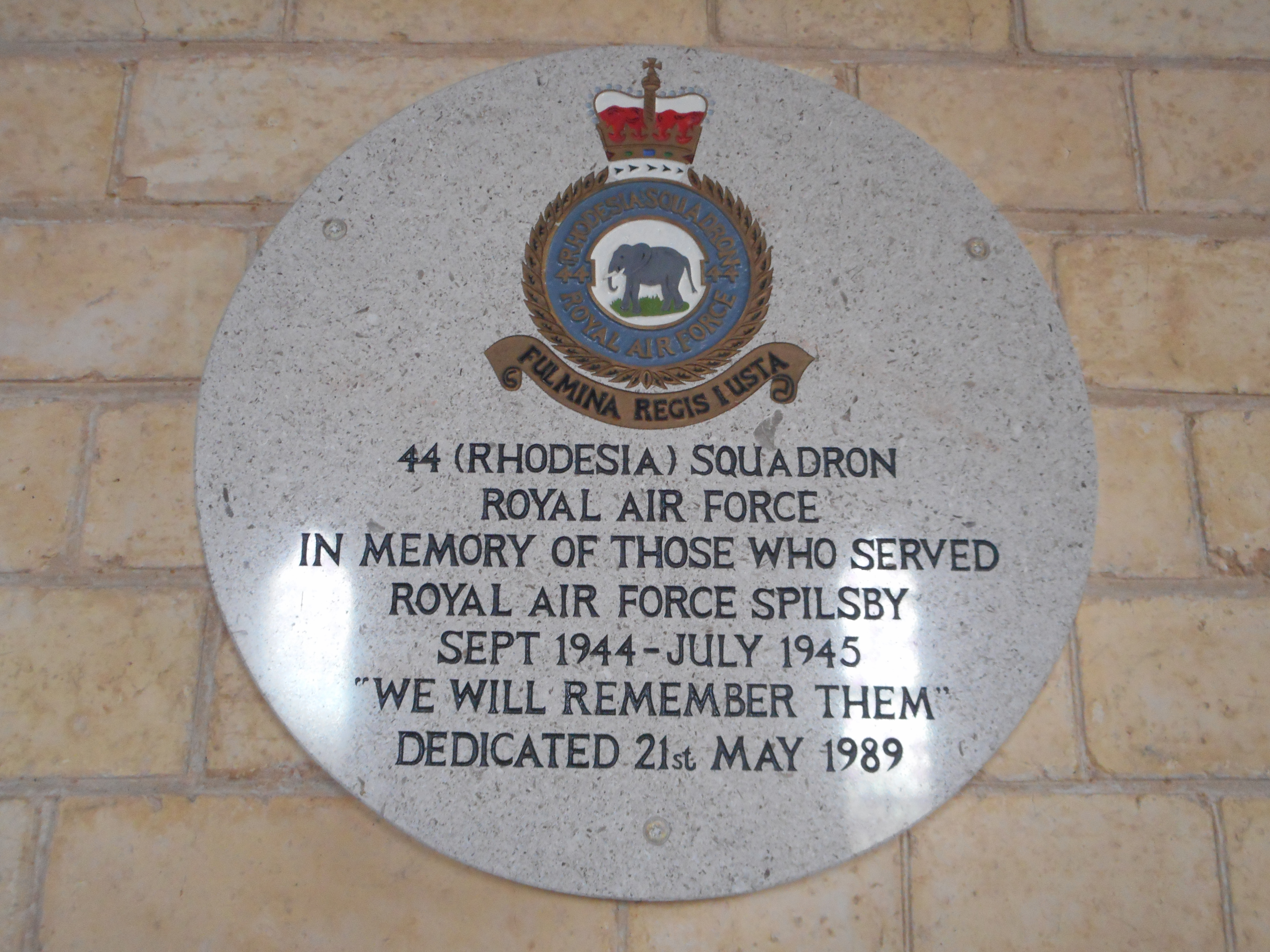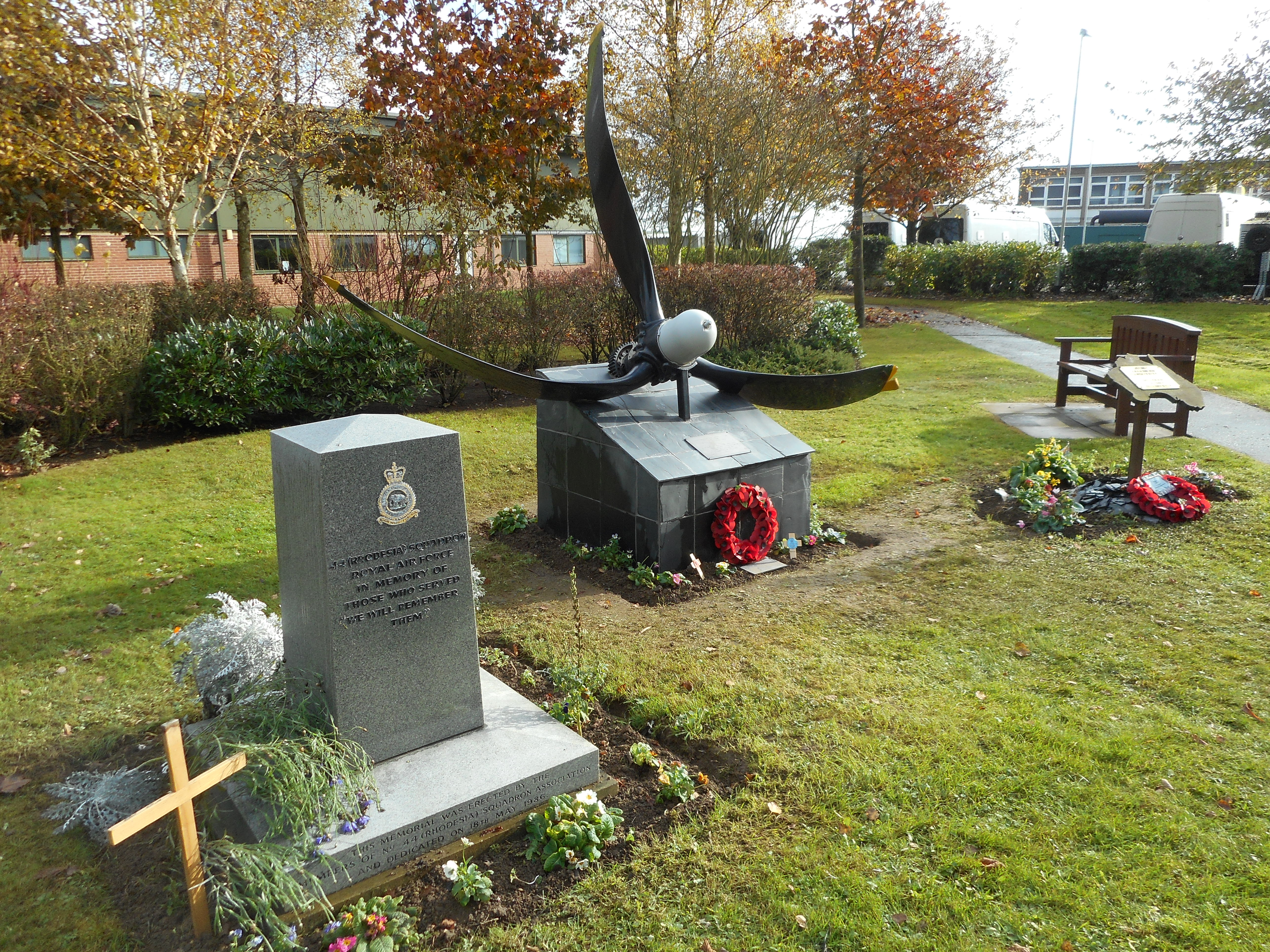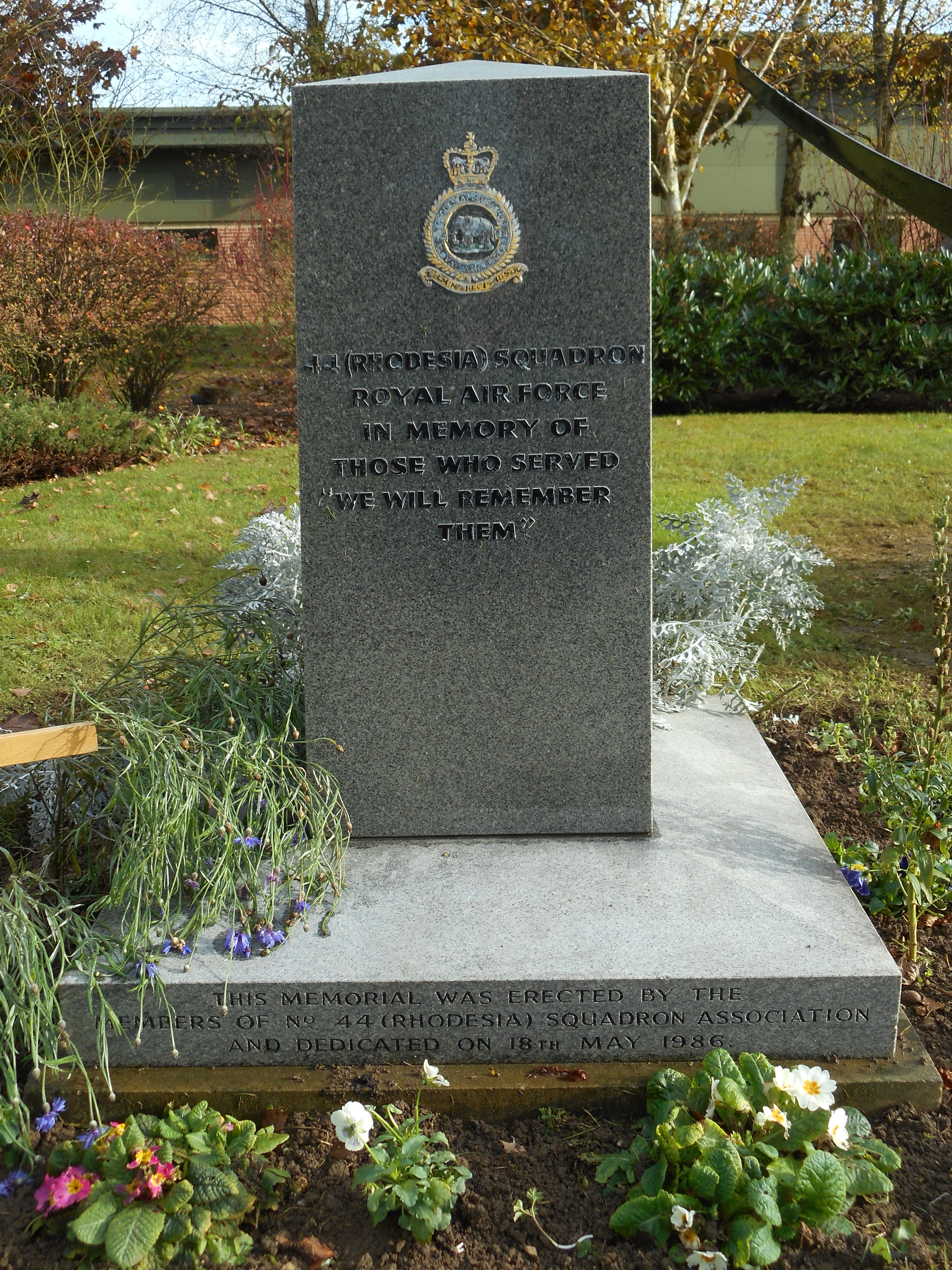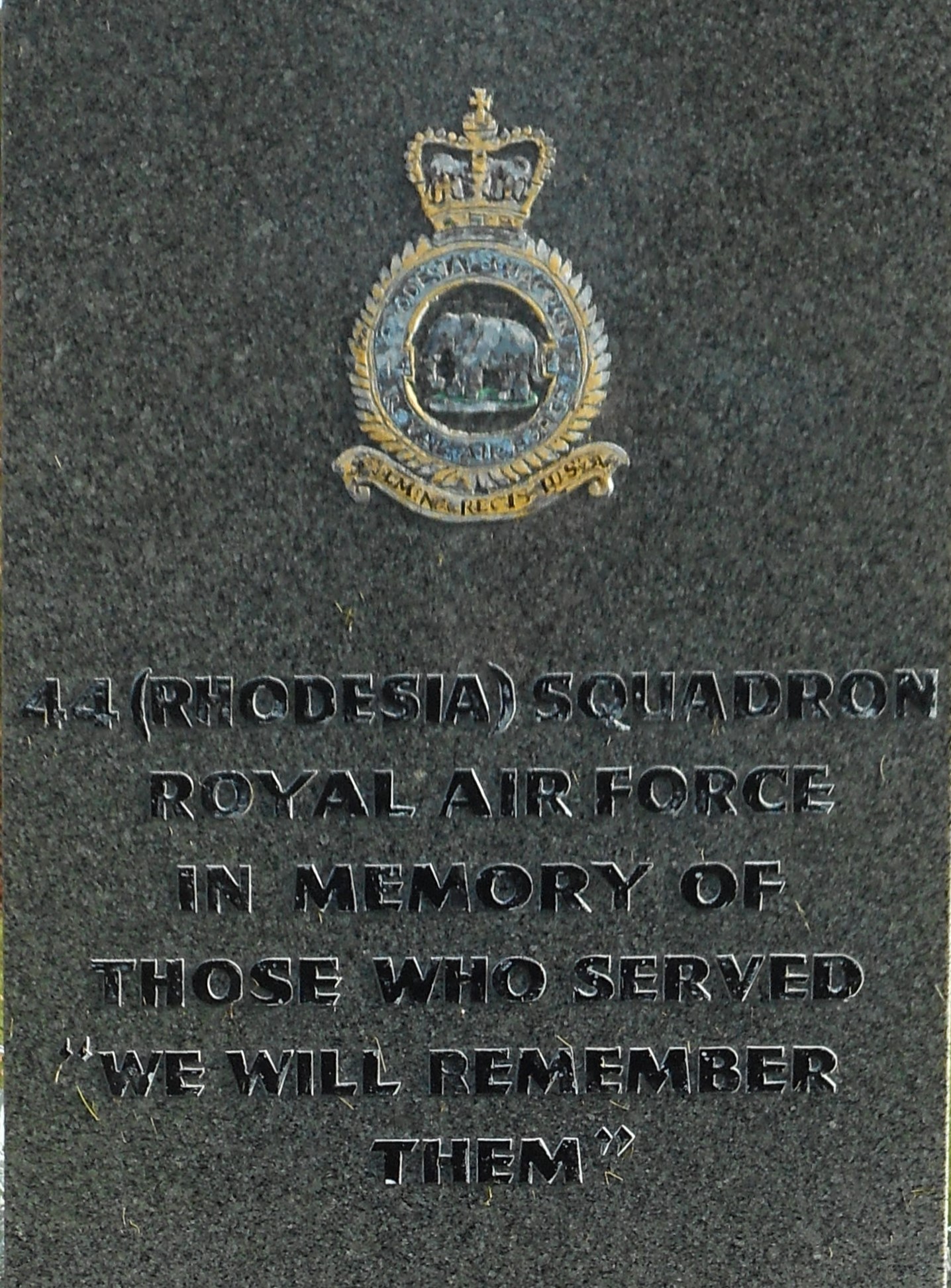Routledge, John
Personal Information
| Rank | Sgt |
| Forename(s) | John |
| Surname | Routledge |
| Gender | M |
| Age | 19 |
| Date of Death | 11-11-1944 |
| Next of Kin | Son of John and Elizabeth Routledge, of Penrith. |
Aircraft Information
| Aircraft | Avro Lancaster III |
| Serial Number | LM648 |
| Markings | KM-K |
Memorial Information
| Burial/Memorial Country | United Kingdom |
| Burial/Memorial Place | Penrith Cemetery |
| Grave Reference | Sec Green. Row KKK. Grave 9. |
| Epitaph |
IBCC Memorial Information
| Phase | 1 |
| Panel Number | 92 |
Enlistment Information
| Service Number | 1591457 |
| Service | Royal Air Force Volunteer Reserve |
| Group | 5 |
| Squadron | 44 (Rhodesia) |
| Squadron Motto | Fulmina regis iusta (The king's thunderbolts are righteous) |
| Trade | Air Gunner |
| Country of Origin | United Kingdom |
Other Memorials
| Location | St. Chad's Church, Dunholme, Lincolnshire |
| Country | United Kingdom |
| Memorial Type | Inscribed Marble Tablet |
| Memorial Text | In memory of 44 (Rhodesia) Sqn. who served at R.A.F. Dunholme Lodge May 1943 - Sept. 1944 |
| Location | All Saints Church, Great Steeping, Lincolnshire |
| Country | United Kingdom |
| Memorial Type | Inscribed Marble Tablet |
| Memorial Text | In memory of those who served R.A.F. Spilsby in 44 (Rhodesia) Sqd. Sept 1944 - July 1945 |
| Location | Memorial Gardens, RAF Waddington, Lincolnshire |
| Country | United Kingdom |
| Memorial Type | Inscribed Marble Pillar |
| Memorial Text | In memory of those who served with 44 (Rhodesia) Sqn. "We will remember them" |
Miscellaneous Information
| Extract from Sainte Gemme Moronval newspaper, 11 June 1994: The "Superfortress" [sic] that crashed on 11th June 1944. Let us pay homage to the memory of these young men who led the procession of village residents to the small cemetery next to the Church of Saint Symphorien on 11th June 1994. Fifty years after the crash the villagers placed flowers on each of the graves of the seven allied airmen who had lost their lives in 1944. "It was on a Saturday evening at about 2200 hours" recalled Lucien Vacheron, whose eight four year old memory had retained intact, the picture of this terrible drama. With a broad gesture, he indicated where, in the middle of the valley, towards Les Feugères, the RAF Superfortress (really Lancaster LM468) had disintegrated on impact with the ground after being hit by anti-aircraft fire. The vision of this nightmare still remains in the memory of the village today. "The following day, when we went to look at the crash, it was unrecognisable as an aeroplane". The first witnesses that went to the crash were not allowed near it and could not decide what had caused the crash. "The Germans had given orders that we should not touch it" said Monsieur Vacheron. It was four days later that Lucien Vacheron, with his brother and Monsieur Berthin the carpenter was able to recover the bodies of the airmen in order to give them a proper burial. "One lacked most things at that time" recalled Lucien Vacheron, "as there was no wood to manufacture coffins, we had to make them using flooring normally used for dances and other festival occasions". Despite the disapproval of the occupying authorities, Lucien recalled that the villagers had picked corn poppies and blue cornflowers and placed them on the graves, so that these young men brought to earth so far from their country could have a burial that was no quite so anonymous. |
Commonwealth War Graves Commission
The National Archives
| Record of Events (Operational Record Book) AIR 27/451/22 |
| Summary of Events (Operational Record Book) AIR 27/451/21 |
Fellow Servicemen
Please note that this list gives all the losses aboard the quoted aircraft and occasionally these may have occurred on an earlier date when the aircraft was not itself lost. Please check the dates of death carefully.
Last Operation Information
| Start Date | 11-11-1944 |
| End Date | 12-11-1944 |
| Takeoff Station | Spilsby |
| Day/Night Raid | Night (14% moon) |
| Operation | Harburg |
| Reason for Loss | Collided with 207 Sqadron Lancaster III PB428 EM-T on return & crashed |
